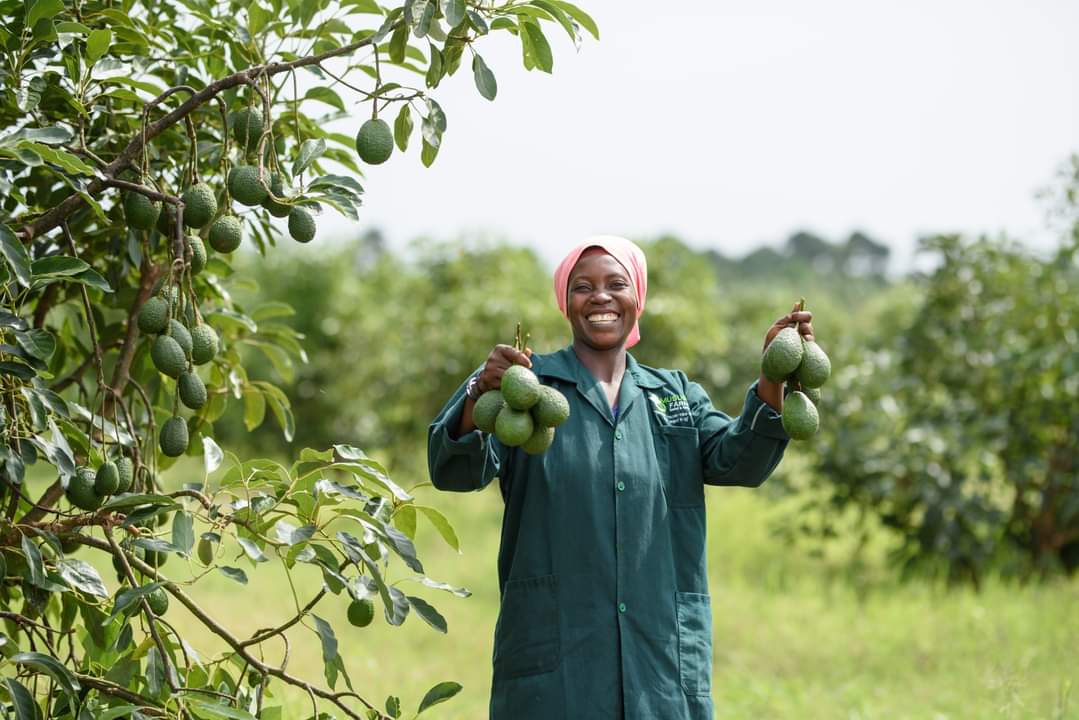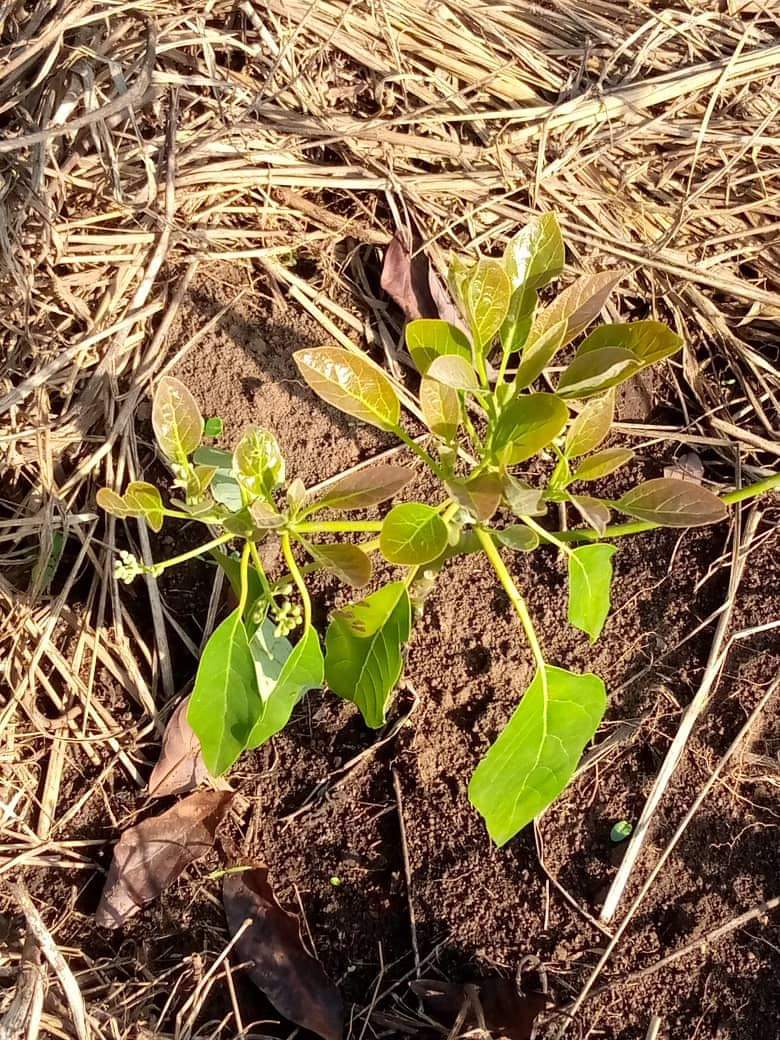Hass 🥑 is Green Gold.
Ideal spacing for planting them is 5 by 5 meters. 150 avocado trees can therefore be planted in an acre.
Kenya, which is now the 8th largest avocado producer in the world, has experienced a 15% increase in 🥑 production over the last year.
#sundayvibes



Ideal spacing for planting them is 5 by 5 meters. 150 avocado trees can therefore be planted in an acre.
Kenya, which is now the 8th largest avocado producer in the world, has experienced a 15% increase in 🥑 production over the last year.
#sundayvibes




We supply quality Grafted Fruits seedlings across the whole country within 24-48 hours .
Click this link to message us on WhatsApp: wa.me/254713764658
Order for your 🍋🍊🥝 🥑 🥭 seedlings among many more and get your orchard dream started in style



Click this link to message us on WhatsApp: wa.me/254713764658
Order for your 🍋🍊🥝 🥑 🥭 seedlings among many more and get your orchard dream started in style




🥑 in Kenya are mostly organically grown, with most farmers using compost and animal manure to fertilize their orchard hence requiring little crop protection. The equatorial climate allows avocado production to last throughout the year. 

Prevention is the most efficient and economical method of pest and disease control. These measures include weed control, proper fertilizer application, maintaining optimum plant density and proper selection of planting materials. 



A thick organic mulch is recommended in young plants so as to reduce evaporation off the soil and prevent very high and low root temperatures and salinity build up. The mulch also reduces weed competition.
Grafting improves the variety by increasing its resistance to diseases, hence increasing the yield and increases its adaptability to various soils.
For seedlings purchase,
Click this link to message us on WhatsApp: wa.me/254713764658
For seedlings purchase,
Click this link to message us on WhatsApp: wa.me/254713764658
To everyone asking about rates ,
The below pin 📍 link is for you
The below pin 📍 link is for you
https://twitter.com/mynzagric254/status/1353564188996677632?s=19
Let's talk
Click this link to message us on WhatsApp: wa.me/254713764658
Let's share
Let's learn
Let's explore with you
Click this link to message us on WhatsApp: wa.me/254713764658
Let's share
Let's learn
Let's explore with you
• • •
Missing some Tweet in this thread? You can try to
force a refresh








































